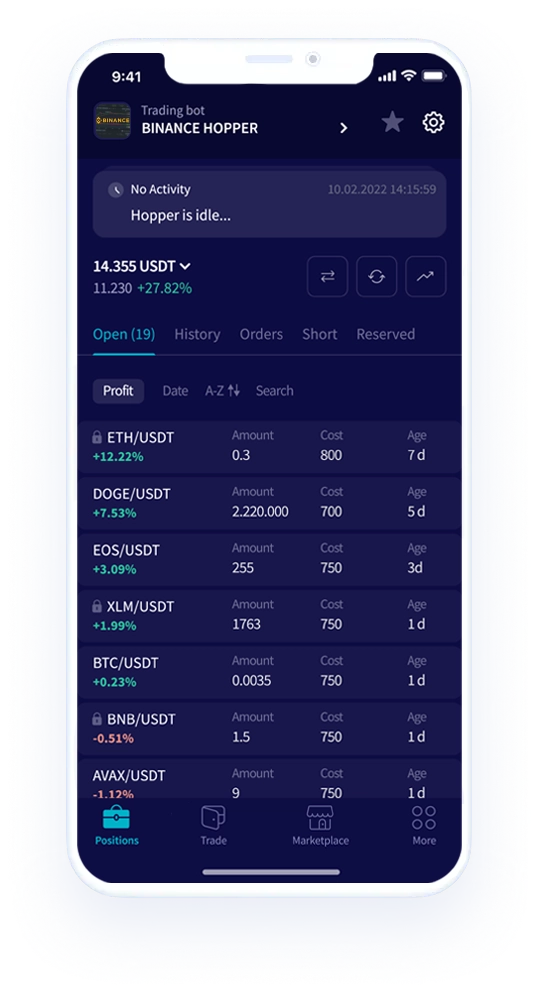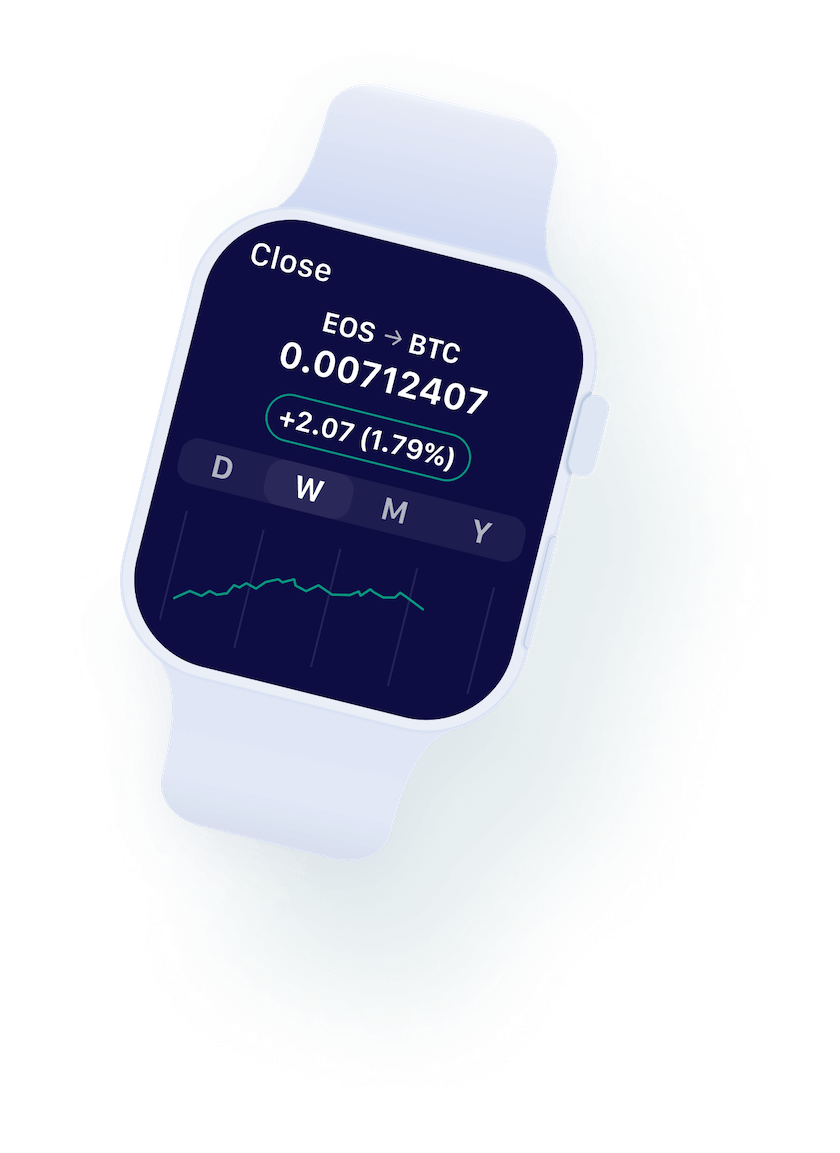How Institutional Investors Are Changing the Crypto Market
Institutional investors are no longer on the sidelines—they’re now key players in shaping the future of crypto. As hedge funds, asset managers, and corporations pour capital into the space, they’re bringing structure, stability, and long-term strategies that are transforming how the crypto market operates.
TLDR Big players like hedge funds and pension plans are now in crypto, driving the creation of secure custody, regulated Bitcoin ETFs, and tighter rules. Their long-term capital and demand for transparency are calming volatility and integrating digital assets into mainstream finance.
The crypto space isn’t just driven by retail enthusiasm anymore. What you're seeing now is the growing footprint of institutional investors— hedge funds, pension funds, and large corporations—moving from the sidelines to the center of the action.
Their involvement has changed more than just the flow of money. With scale comes structure, and these players are bringing deeper liquidity, more complex strategies, and a push toward greater market maturity. What was once a frontier led by individuals is now being shaped, in large part, by capital with long-term influence and serious weight behind it.
Who’s Really Moving the Needle in Crypto
Institutional investors play a different game than retail traders. They operate with far larger capital reserves and a longer-term view. Think investment banks, asset managers, insurance firms, and university endowments—these are the entities now carving out space in the crypto landscape.
Their presence signals a shift. Crypto is no longer just a playground for speculative bets. With institutional capital comes a more structured, disciplined approach—one that leans on strategy, data, and long-term positioning rather than quick wins.
From Reluctance to Gradual Commitment
Institutional players didn’t rush into crypto. At first, most kept their distance—uncertainty around regulation, security concerns, and extreme volatility made the space look too risky to touch.
But things began to shift. As infrastructure improved and the search for uncorrelated assets intensified, some institutions started to test the waters. Bitcoin trust funds were often the first step. From there, interest broadened— Ethereum, stablecoins, and even DeFi assets slowly entered the mix as confidence in the ecosystem grew.
How Institutional Money Is Raising the Bar
Institutional capital has been a major force behind crypto’s path toward maturity. With these investors come higher expectations—compliance, transparency, and accountability aren’t optional anymore.
As a result, the entire industry has had to level up. Exchanges, custodians, and service providers have stepped up with better reporting, clearer audit trails, and more robust financial disclosures. These changes aren’t just about meeting internal policies—they’re reshaping crypto to meet the standards of traditional finance.
What Institutional Capital Means for Crypto’s Price Swings
Crypto’s early days were marked by extreme price swings, with volatility baked into the market’s DNA. But as institutional investors have stepped in, that picture has started to shift.
Long-term strategies and deeper pockets bring a different kind of rhythm. With more capital staying in the market and more liquidity available, price movements tend to smooth out. Sharp drops still happen—but the presence of large, stable players often helps absorb shocks and ease corrections when they hit.
Why Custody Solutions Opened the Door for Institutions
One of the biggest breakthroughs for institutional adoption came with the rise of serious crypto custody solutions. Platforms like Coinbase Institutional, Fidelity Digital Assets, and BitGo built the kind of infrastructure institutions need—secure, compliant, and scalable.
These solutions tackled some of the toughest barriers holding institutions back. With insured storage, regulatory alignment, and enterprise-grade security, they made it possible for major players to step in without compromising on risk standards. For many, this was the missing piece.
How Institutional Involvement Is Forcing Regulatory Evolution
Institutional investors don’t just bring capital—they bring expectations. Once they step in, the demand for clear rules, formal standards, and regulatory safeguards follows close behind.
That pressure has pushed governments and regulators to respond. Tax frameworks, licensing regimes, and compliance protocols have all started to take shape as the space matures. It’s an ongoing back-and-forth—each wave of institutional adoption prompts new layers of oversight, gradually pulling crypto deeper into the structure of traditional finance.
How Bitcoin ETFs Are Changing the Game
Bitcoin ETFs have opened a new chapter in crypto access. With the approval of spot Bitcoin ETFs across key markets, institutions finally have a familiar route into the space—one that fits within traditional investment frameworks.
These funds offer exposure to Bitcoin without the complications of direct custody. They’re regulated, easy to integrate into portfolios, and often come with tax advantages. For many institutional investors, this has made crypto a viable addition alongside commodities and equities, not an outlier.
Where Crypto and Traditional Finance Are Headed Together
The line between crypto and mainstream finance is getting thinner. Institutions are starting to take a serious look at asset tokenization, blockchain-based settlements, and the expanding world of decentralized finance platforms.
As more products are designed to meet institutional standards, adoption is expected to accelerate. But the pace—and direction—of that growth will depend on how innovation and regulation learn to coexist.
Bottom Line
Institutional investors have moved from cautious observers to active participants, fundamentally reshaping the crypto market. Their presence brings credibility, structure, and long-term capital, pushing the industry toward greater stability and maturity.
As crypto integrates further into traditional finance—through ETFs, custody solutions, and regulatory frameworks—the divide between old and new finance is narrowing. The future of crypto won’t be driven solely by innovation, but by how well the ecosystem balances its disruptive roots with the demands of institutional legitimacy.

